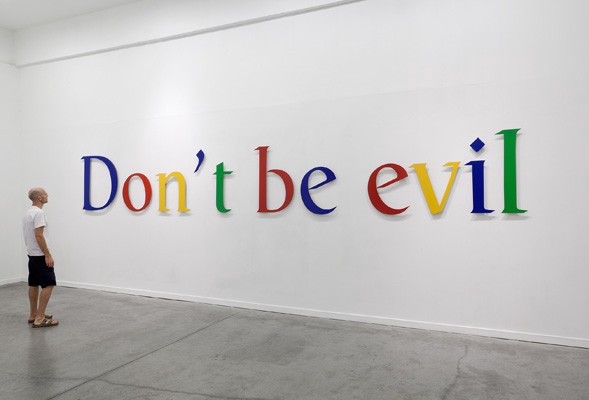 On this episode of the Authors Corner, Ethan Yang interviews AIER Senior Fellow Dr.Tom Hogan on the radical developments that have characterized US monetary policy and the future of money.Before joining AIER, Dr.Hogan was formerly the chief economist for the U.S.
On this episode of the Authors Corner, Ethan Yang interviews AIER Senior Fellow Dr.Tom Hogan on the radical developments that have characterized US monetary policy and the future of money.Before joining AIER, Dr.Hogan was formerly the chief economist for the U.S.
Senate Committee on Banking, Housing and Urban Affairs.He has also worked at Rice University’s Baker Institute for Public Policy, Troy University, West Texas A&M University, the Cato Institute, the World Bank, Merrill Lynch’s commodity trading group and for investment firms in the U.S.
and Europe.During the interview, Dr.Hogan brings his vast wealth of knowledge and firsthand experience to weigh in on current affairs, which have been nothing short of unprecedented.
Article by Ethan Yang from AIER .
To begin the interview, Dr.Hogan explains the difference between monetary policy and fiscal policy, as well as the various policy tools that the government has at its disposal.
He explains that fiscal policy does not create new money and spends existing funds typically gathered through taxation.Government agencies such as the Treasury and Congress are examples of bodies that can implement fiscal policy.An example of a fiscal policy would be spending money to build a road.Monetary policy is handled by the Federal Reserve, which is the central bank of the United States.Among other things, the Fed governs the money supply in the economy through the printing of new dollars, the regulation of interest rates, and the use of open market operations through the sale or purchase of bonds.Some examples of monetary policies would be the recent lowering of interest rates to near zero, which incentivizes greater lending and spending in the broader economy due to the increased ease of acquiring loans.
On that note, Dr.
Hogan also speaks on why the Fed lowered interest rates and conducted quantitative easing in response to Covid-19.He explains how such policies are meant to stimulate economic activity but at the same time, they are not sustainable in the long term.They should only be used in a crisis, which the pandemic and the lockdowns certainly were.At the same time, there are considerable political pressures to continue such practices because politicians value short-term economic growth over long-term stability.
To follow up, Ethan asked Dr.Hogan about his views on contemporary developments in the economy such as the highly active stock market, inflation, Fed Chairman Powell, and the radical shift in the understanding of how monetary policy works.
In the middle of the interview, the conversation shifts to a meaty topic: Modern Monetary Policy, which has become especially relevant because it favors continuing the ongoing crisis-style monetary policies into the future.It posits that the past year has demonstrated that the Fed can print and spend more money without causing crippling inflation, that interest rates can remain low, and otherwise rejects the prudent status quo of Monetarism.Dr.Hogan does not hold back on rejecting this idea and explains in-depth why proponents of such a platform are mistaken.
His ultimate conclusion is that MMT is an incoherent ideology with no solid economic foundation that is more of a political argument than a sound theory on the practice of monetary policy.
To end the interview Ethan asks Dr.Hogan about his thoughts on the future of money, especially after so much has been printed by the Fed and the rise of cryptocurrency.He explains that for the foreseeable future the US dollar will likely maintain much of its value.This is because of its historic stability as tender not just in the US but around the globe.
Another important point he brings up is that compared to the rest of the world, the US central banking system is far better managed despite our complaints, which also lends staying power to the dollar.
When it comes to cryptocurrency, Dr.Hogan indicates he has optimism for its promise and certainly welcomes its use.
He cannot say that at the moment they are ready to be implemented on a widespread basis but he would love to see test cases, particularly in countries with weak monetary regimes.At the end of the day, Dr.Hogan says he is in favor of a free market for currency in the United States, where consumers can choose for themselves what they want to use for money, whether that is the US dollar, gold, or crypto.Such a system would be far more independent from political manipulation and incentivize wise management of the money supply over arbitrary short-term political objectives.That is because such temptations have become all too real in recent years, especially in the age of Covid-19.
.
